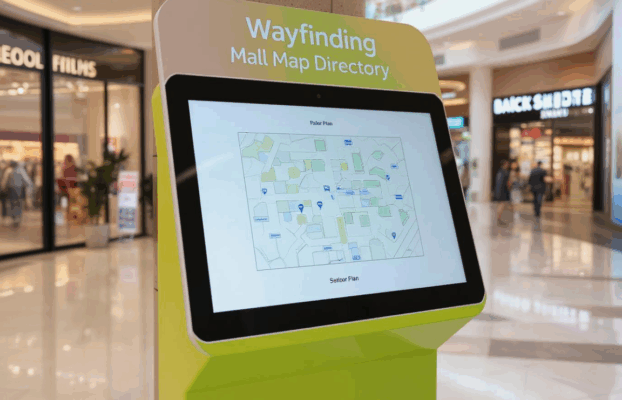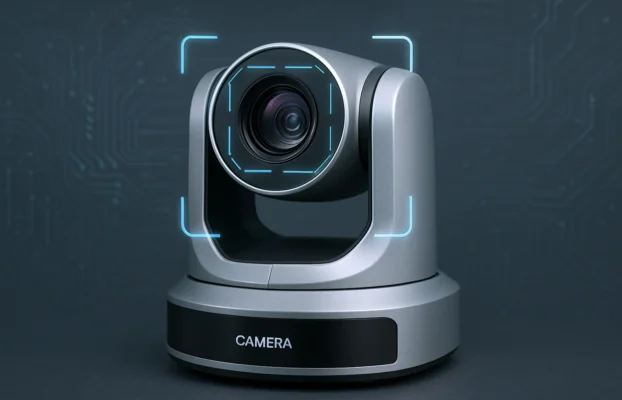The onset of the COVID-19 pandemic brought about unprecedented changes in our daily lives. Among the most vivid of these changes was the widespread adoption of temperature scanners. Initially used as a primary screening tool to detect fever, one of the common symptoms of COVID-19, these devices quickly became ubiquitous, marking their presence in classrooms, offices, and at the entrances of government buildings. As a provider of these devices, we witnessed a significant surge in demand, reflecting the critical role they played in our collective response to the health crisis. However, as the pandemic situation evolves, it’s essential to reflect on the effectiveness of these devices and explore the path forward.
The Initial Response: A Symbol of Safety and Vigilance
When COVID-19 cases began to rise, temperature scanners became a symbol of safety and vigilance. They were seen as a proactive measure to identify and isolate infected individuals, thereby controlling the spread of the virus. In educational institutions, these scanners served as a first line of defense, aiming to ensure the well-being of students and staff. Government offices, keen on maintaining continuity of operations, installed these devices to screen employees and visitors alike. As suppliers, we experienced a significant uptick in orders, signaling the widespread reliance on this technology.
Assessing Effectiveness: A Mixed Picture
While temperature scanners were pivotal in demonstrating a commitment to health and safety, their effectiveness as a standalone measure for detecting COVID-19 has been a subject of debate. Fever, while a common symptom, is not universally present in all COVID-19 cases. Asymptomatic individuals or those in the pre-symptomatic phase can pass through these checkpoints undetected, posing a challenge to the objective of containing the virus.
Moreover, environmental factors and device accuracy also impacted the reliability of readings. False positives and negatives were not uncommon, leading to potential undue stress or a false sense of security. Despite these limitations, the psychological impact of these devices should not be underestimated. They served as a constant reminder of the need for vigilance and adherence to health guidelines, contributing to a culture of caution.
The Way Forward: Integration with Facial Recognition and Beyond
As the pandemic situation evolves, with vaccination and other control measures taking the forefront, the demand for temperature scanners has understandably waned. However, the infrastructure put in place has paved the way for integrated solutions. The integration of
facial recognition technology with temperature scanners is one such innovation. Beyond merely measuring temperature, these integrated systems offer enhanced capabilities for identity verification and access control, finding relevance in security and time-attendance systems.
The transition from purely temperature-based screening to multifunctional systems signifies a shift towards long-term, sustainable solutions. In environments where security and health monitoring are paramount, these integrated systems can provide a seamless blend of safety, security, and operational efficiency.
Conclusion
The journey of temperature scanners during the COVID-19 pandemic is a testament to our ability to rapidly adapt and innovate in the face of challenges. While their role as a standalone measure in combating the pandemic had its limitations, the legacy of these devices is enduring. As we move forward, the evolution of these devices into integrated systems offers a glimpse into the future of public health and safety infrastructure. For us, as suppliers, it’s about staying at the forefront of this evolution, understanding the changing needs, and providing solutions that resonate with the demands of a post-pandemic world.






